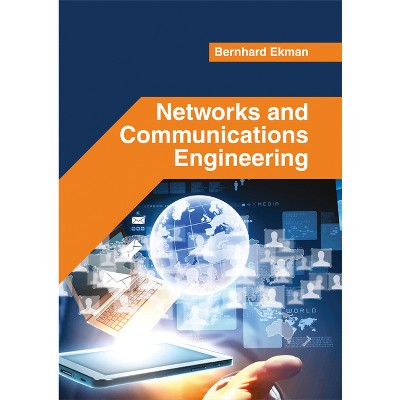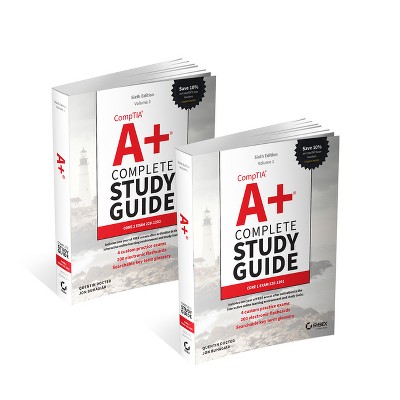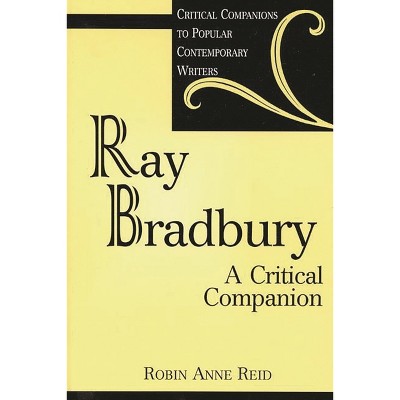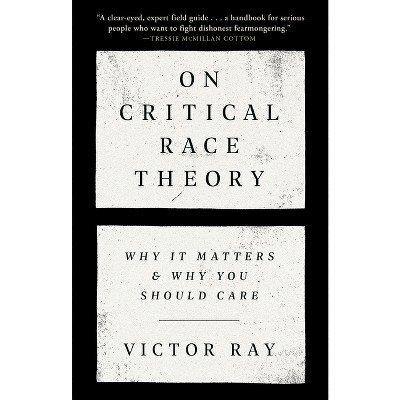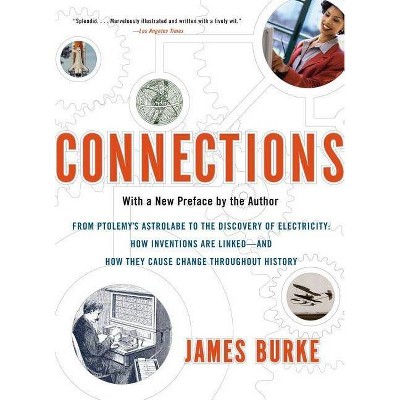Sponsored

Critical Connections - by Lee Riedinger & Allen Ekkebus & William Bugg & D Ray Smith (Hardcover)
$27.49Save $12.46 (31% off)
In Stock
Eligible for registries and wish lists
Sponsored
About this item
Highlights
- The bombing of Pearl Harbor set off a chain of events that included the race to beat German scientists to build the atomic bomb.
- About the Author: LEE RIEDINGER is former vice chancellor for research at the University of Tennessee, Knoxville.
- 488 Pages
- Technology, History
Description
About the Book
"The bombing of Pearl Harbor set off a chain of events that included the race to beat German scientists to build the atomic bomb. A tiny hamlet tucked away in the southern Appalachians proved an unlikely linchpin to win the race. The Manhattan Project required the combination of four secret sites-Clinton Laboratories, Y-12, K-25, and S-50-75,000 workers, and the nation's finest scientists to create the Secret City, Oak Ridge. From the beginning, the effort was aided by the nearby University of Tennessee, which provided expertise to make the weapon possible. Following World War II, it was not clear what role this huge research and development program would play, but pioneering scientists and administrators were determined that one option-dismantling the whole thing-would not happen.Critical Connections chronicles how Oak Ridge National Laboratory (ORNL), the Y-12 National Security Complex, and their partners became outstanding examples of the military-industrial-educational complex from the Cold War to the present day. At the beginning of the 1950s, Oak Ridge became a flourishing, less-secret city, and the authors show how, decade by decade, ORNL became the source of major breakthroughs in physics, biology, computing, and other fields-and how these achievements required ever-closer connections with UT. By the mid-1990s, after many successful joint initiatives between UT and ORNL, UT was poised to compete to become the manager of ORNL. In 2000, UT-Battelle LLC won the bid from the Department of Energy: UT was charged with providing scientific direction and key personnel; its partner Battelle would oversee ORNL's operations and chart its technology direction. The authors highlight the scientific developments these connections have brought, from nanotechnology to nuclear fission, from cryogenic experiments on mice to the world's fastest supercomputer. The partnerships between a university, a city, and federal facilities helped solve some of the greatest challenges of the twentieth century-and point toward how to deal with those of the twenty-first"--Book Synopsis
The bombing of Pearl Harbor set off a chain of events that included the race to beat German scientists to build the atomic bomb. A tiny hamlet tucked away in the southern Appalachians proved an unlikely linchpin to win the race. The Manhattan Project required the combination of four secret sites--Clinton Laboratories, Y-12, K-25, and S-50--75,000 workers, and the nation's finest scientists to create the Secret City, Oak Ridge. From the beginning, the effort was aided by the nearby University of Tennessee, which provided expertise to make the weapon possible. Following World War II, it was not clear what role this huge research and development program would play, but pioneering scientists and administrators were determined that one option--dismantling the whole thing--would not happen. Critical Connections chronicles how Oak Ridge National Laboratory (ORNL), the Y-12 National Security Complex, and their partners became outstanding examples of the military-industrial-educational complex from the Cold War to the present day. At the beginning of the 1950s, Oak Ridge became a flourishing, less-secret city, and the authors show how, decade by decade, ORNL became the source of major breakthroughs in physics, biology, computing, and other fields--and how these achievements required ever-closer connections with UT. By the mid-1990s, after many successful joint initiatives between UT and ORNL, UT was poised to compete to become the manager of ORNL. In 2000, UT-Battelle LLC won the bid from the Department of Energy: UT was charged with providing scientific direction and key personnel; its partner Battelle would oversee ORNL's operations and chart its technology direction. The authors highlight the scientific developments these connections have brought, from nanotechnology to nuclear fission, from cryogenic experiments on mice to the world's fastest supercomputer. The partnerships between a university, a city, and federal facilities helped solve some of the greatest challenges of the twentieth century--and point toward how to deal with those of the twenty-first.Review Quotes
Critical Connections highlights the key individuals and events that have led to the remarkable partnership between the University of Tennessee, Knoxville, and the Oak Ridge National Laboratory. Though located only a few miles apart, the two institutions have had to overcome significant working cultural differences to forge the partnership. Riedinger is the right person to tell the story as his long tenure at both has given him a unique and valuable vantage point. Publication of the volume provides the details and insight that the partnership deserves. - Jack Barkenbus, former director of the UT Energy, Environment and Resources Center
Lee Riedinger and his colleagues have written a solid work on the evolution of the partnership between the University of Tennessee, Oak Ridge National Laboratory, and the broader Oak Ridge community since the days of the Manhattan Project. It explores new territory that hasn't been chronicled before.
- Jim Campbell, past president, East Tennessee Economic Council and former editor, The Oak Ridger
About the Author
LEE RIEDINGER is former vice chancellor for research at the University of Tennessee, Knoxville.
AL EKKEBUS is a former outreach leader for neutron science at Oak Ridge National Laboratory.
RAY SMITH is the Oak Ridge historian formerly at Y-12.
WILLIAM BUGG is former head of the Physics Department at the University of Tennessee, Knoxville.
Dimensions (Overall): 9.3 Inches (H) x 6.4 Inches (W) x 1.5 Inches (D)
Weight: 1.85 Pounds
Suggested Age: 22 Years and Up
Sub-Genre: History
Genre: Technology
Number of Pages: 488
Publisher: University of Tennessee Press
Format: Hardcover
Author: Lee Riedinger & Allen Ekkebus & William Bugg & D Ray Smith
Language: English
Street Date: June 3, 2024
TCIN: 1001563842
UPC: 9781621906544
Item Number (DPCI): 247-32-2797
Origin: Made in the USA or Imported
If the item details aren’t accurate or complete, we want to know about it.
Shipping details
Estimated ship dimensions: 1.5 inches length x 6.4 inches width x 9.3 inches height
Estimated ship weight: 1.85 pounds
We regret that this item cannot be shipped to PO Boxes.
This item cannot be shipped to the following locations: American Samoa (see also separate entry under AS), Guam (see also separate entry under GU), Northern Mariana Islands, Puerto Rico (see also separate entry under PR), United States Minor Outlying Islands, Virgin Islands, U.S., APO/FPO
Return details
This item can be returned to any Target store or Target.com.
This item must be returned within 90 days of the date it was purchased in store, shipped, delivered by a Shipt shopper, or made ready for pickup.
See the return policy for complete information.
Frequently bought together
Trending Computers & Technology Books

$9.82
MSRP $10.99
Buy 2, get 1 free select books, music & movies
4.3 out of 5 stars with 3 ratings
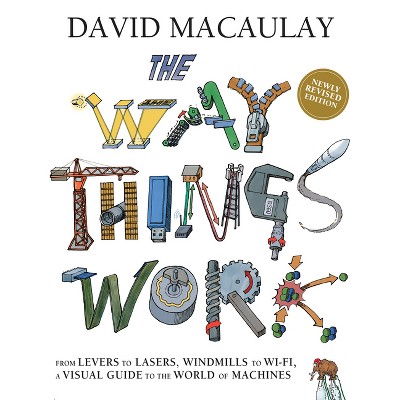
$18.34
Buy 2, get 1 free select books, music & movies
5 out of 5 stars with 2 ratings

$7.99
Buy 2, get 1 free select books, music & movies
5 out of 5 stars with 1 ratings
